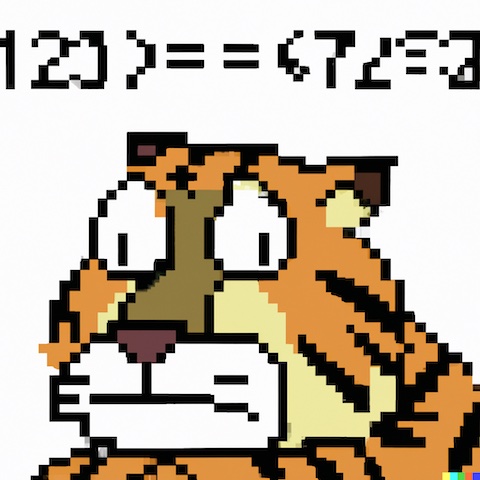No solutions found

Try this:
- Check out our <a href="/en/terms-and-topics/formatting-guide/">formatting guide</a>
- Check out our formatting guide
- Check your input for typos
- Contact us
- Let us know how we can solve this better
We are constantly updating the types of the problems Tiger can solve, so the solutions you are looking for could be coming soon!
Other Ways to Solve
Adding, subtracting and finding the least common multipleStep by Step Solution
Reformatting the input :
Changes made to your input should not affect the solution:
(1): "a1" was replaced by "a^1".
Rearrange:
Rearrange the equation by subtracting what is to the right of the equal sign from both sides of the equation :
1/t-(1/a^1/b)=0
Step 1 :
1
Simplify —
a
Equation at the end of step 1 :
1 1
— - — ÷ b = 0
t a
Step 2 :
1
Divide — by b
a
Equation at the end of step 2 :
1 1
— - —— = 0
t ab
Step 3 :
1
Simplify —
t
Equation at the end of step 3 :
1 1
— - —— = 0
t ab
Step 4 :
Calculating the Least Common Multiple :
4.1 Find the Least Common Multiple
The left denominator is : t
The right denominator is : ab
| Algebraic Factor | Left Denominator | Right Denominator | L.C.M = Max {Left,Right} |
|---|---|---|---|
| t | 1 | 0 | 1 |
| a | 0 | 1 | 1 |
| b | 0 | 1 | 1 |
Least Common Multiple:
tab
Calculating Multipliers :
4.2 Calculate multipliers for the two fractions
Denote the Least Common Multiple by L.C.M
Denote the Left Multiplier by Left_M
Denote the Right Multiplier by Right_M
Denote the Left Deniminator by L_Deno
Denote the Right Multiplier by R_Deno
Left_M = L.C.M / L_Deno = ab
Right_M = L.C.M / R_Deno = t
Making Equivalent Fractions :
4.3 Rewrite the two fractions into equivalent fractions
Two fractions are called equivalent if they have the same numeric value.
For example : 1/2 and 2/4 are equivalent, y/(y+1)2 and (y2+y)/(y+1)3 are equivalent as well.
To calculate equivalent fraction , multiply the Numerator of each fraction, by its respective Multiplier.
L. Mult. • L. Num. ab —————————————————— = ——— L.C.M tab R. Mult. • R. Num. t —————————————————— = ——— L.C.M tab
Adding fractions that have a common denominator :
4.4 Adding up the two equivalent fractions
Add the two equivalent fractions which now have a common denominator
Combine the numerators together, put the sum or difference over the common denominator then reduce to lowest terms if possible:
ab - (t) ab - t
———————— = ——————
tab tab
Equation at the end of step 4 :
ab - t
—————— = 0
tab
Step 5 :
When a fraction equals zero :
5.1 When a fraction equals zero ...Where a fraction equals zero, its numerator, the part which is above the fraction line, must equal zero.
Now,to get rid of the denominator, Tiger multiplys both sides of the equation by the denominator.
Here's how:
ab-t
———— • tab = 0 • tab
tab
Now, on the left hand side, the tab cancels out the denominator, while, on the right hand side, zero times anything is still zero.
The equation now takes the shape :
ab-t = 0
Solving a Single Variable Equation :
5.2 Solve -t+ab = 0
In this type of equations, having more than one variable (unknown), you have to specify for which variable you want the equation solved.
We shall not handle this type of equations at this time.
No solutions found
How did we do?
Please leave us feedback.